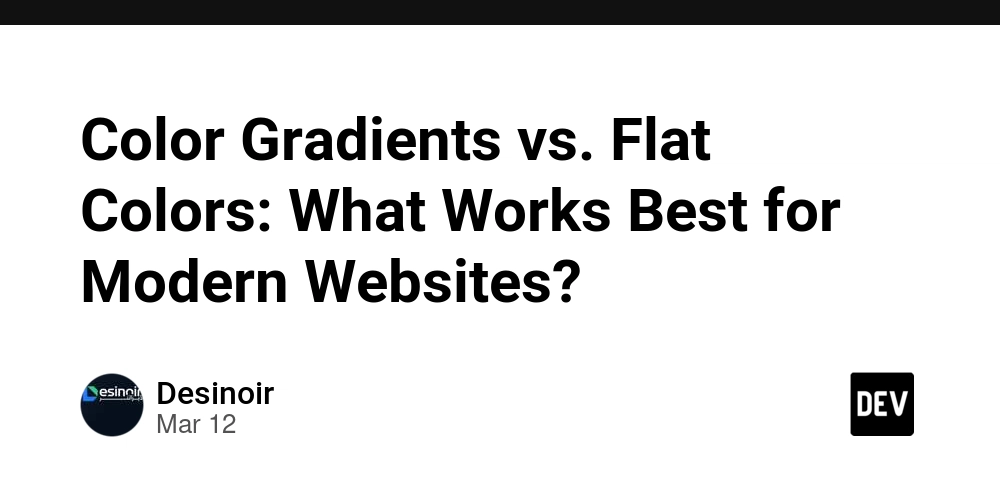View Transitions: Bringing Seamless Page Transitions to the Web
Page transitions are a crucial part of modern web experiences. Traditionally, smooth page-to-page animations required JavaScript-heavy frameworks like React, Vue, or GSAP. But now, CSS View Transitions introduce a native, browser-powered way to animate elements between pages—without relying on complex JavaScript solutions. This feature is a game-changer for developers looking to improve user experience, reduce layout shifts, and make web navigation feel more fluid. In this post, we’ll cover: ✅ What View Transitions are and how they work. ✅ How to implement them in CSS for seamless animations. ✅ How they can reduce reliance on JavaScript frameworks. ✅ Browser support and fallbacks for older browsers. Let’s dive in and animate the web the right way!

Page transitions are a crucial part of modern web experiences. Traditionally, smooth page-to-page animations required JavaScript-heavy frameworks like React, Vue, or GSAP. But now, CSS View Transitions introduce a native, browser-powered way to animate elements between pages—without relying on complex JavaScript solutions.
This feature is a game-changer for developers looking to improve user experience, reduce layout shifts, and make web navigation feel more fluid.
In this post, we’ll cover:
✅ What View Transitions are and how they work.
✅ How to implement them in CSS for seamless animations.
✅ How they can reduce reliance on JavaScript frameworks.
✅ Browser support and fallbacks for older browsers.
Let’s dive in and animate the web the right way!










































































































































































![[The AI Show Episode 142]: ChatGPT’s New Image Generator, Studio Ghibli Craze and Backlash, Gemini 2.5, OpenAI Academy, 4o Updates, Vibe Marketing & xAI Acquires X](https://www.marketingaiinstitute.com/hubfs/ep%20142%20cover.png)














































































































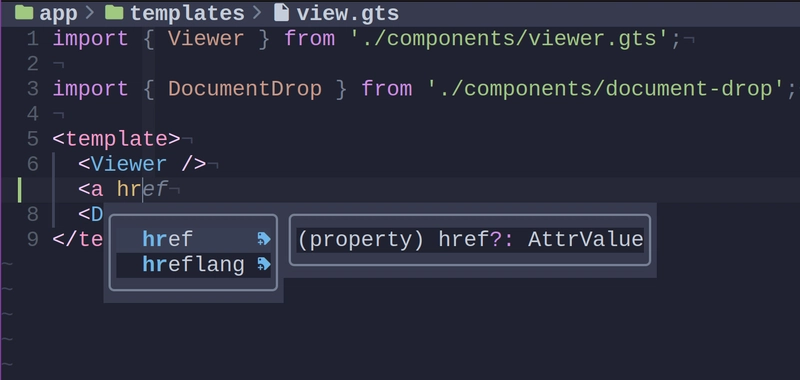
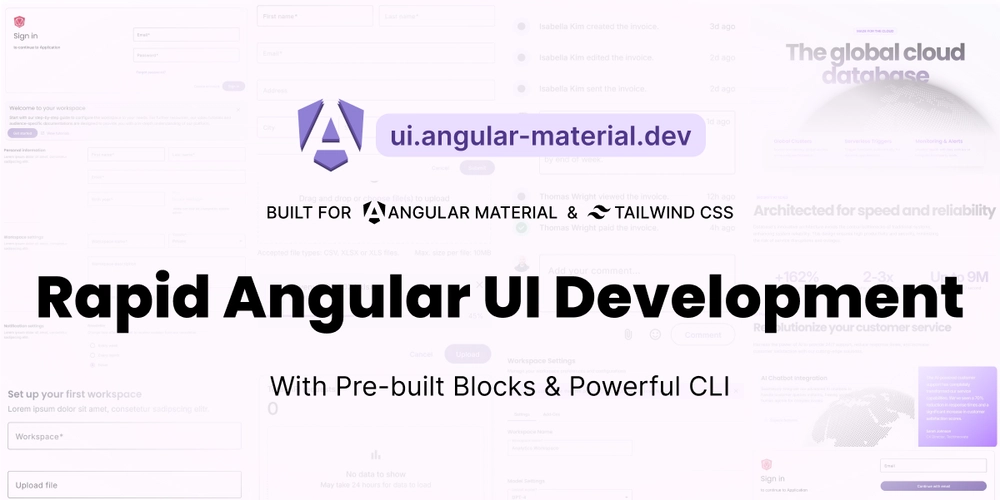
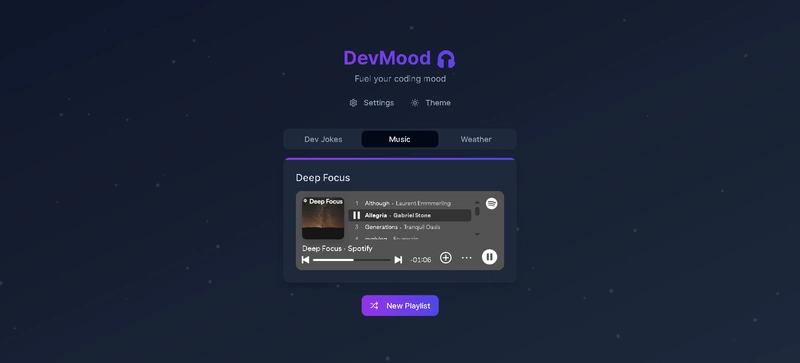
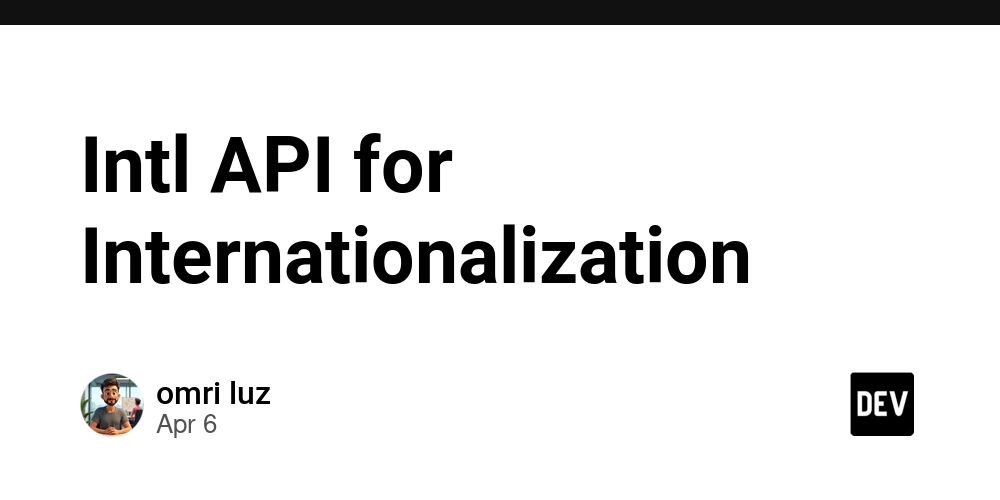









![[DEALS] The Premium Learn to Code Certification Bundle (97% off) & Other Deals Up To 98% Off – Offers End Soon!](https://www.javacodegeeks.com/wp-content/uploads/2012/12/jcg-logo.jpg)


![From drop-out to software architect with Jason Lengstorf [Podcast #167]](https://cdn.hashnode.com/res/hashnode/image/upload/v1743796461357/f3d19cd7-e6f5-4d7c-8bfc-eb974bc8da68.png?#)









































































































.png?#)

































_Christophe_Coat_Alamy.jpg?#)
 (1).webp?#)

































































































![iPhone 17 Pro Won't Feature Two-Toned Back [Gurman]](https://www.iclarified.com/images/news/96944/96944/96944-640.jpg)
![Tariffs Threaten Apple's $999 iPhone Price Point in the U.S. [Gurman]](https://www.iclarified.com/images/news/96943/96943/96943-640.jpg)






































































































































